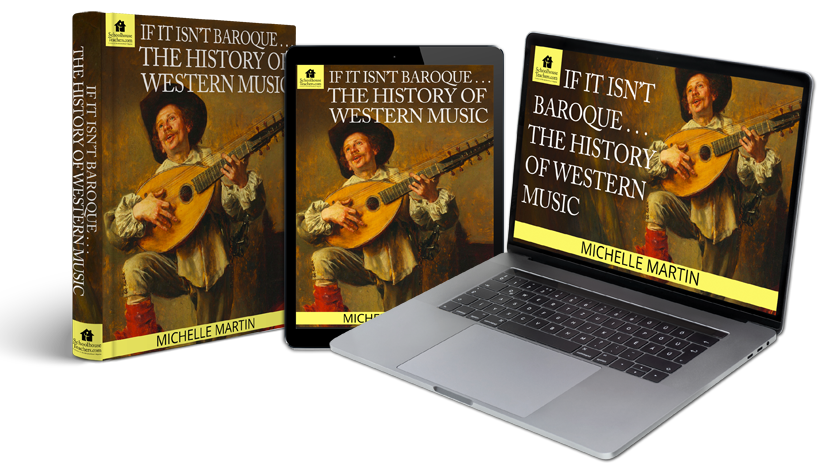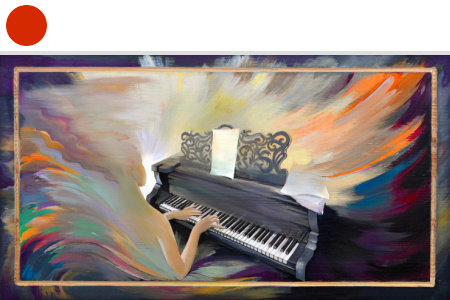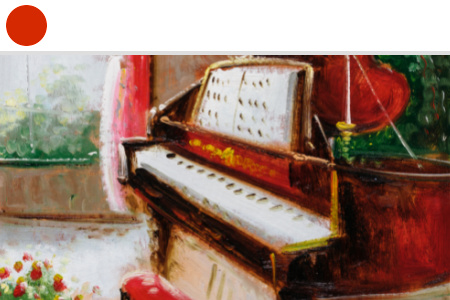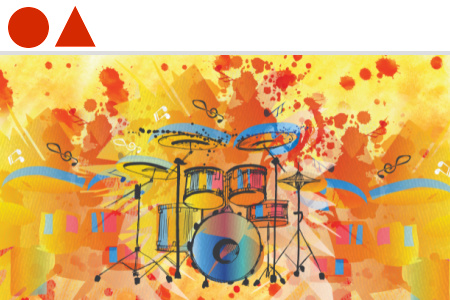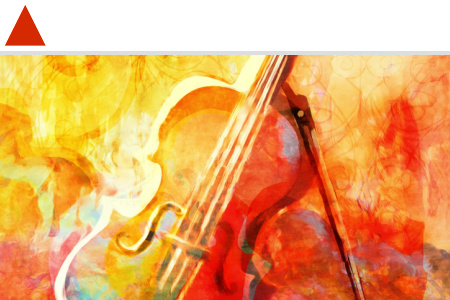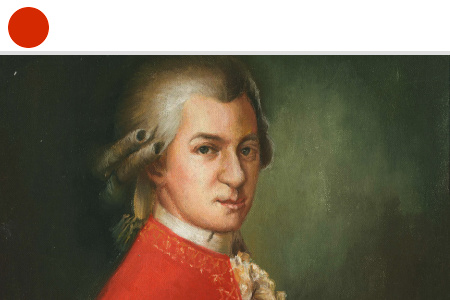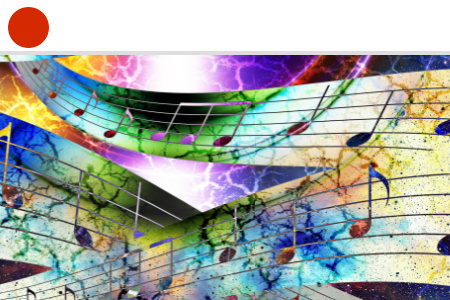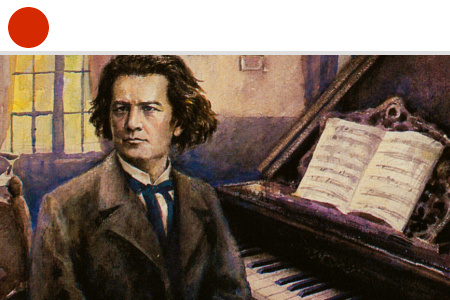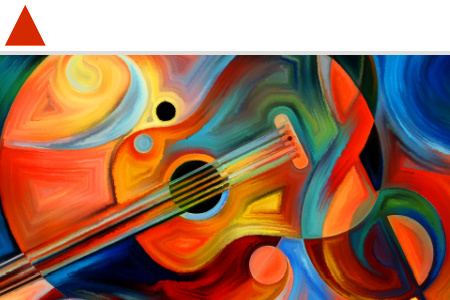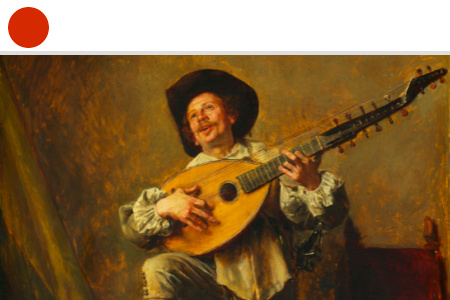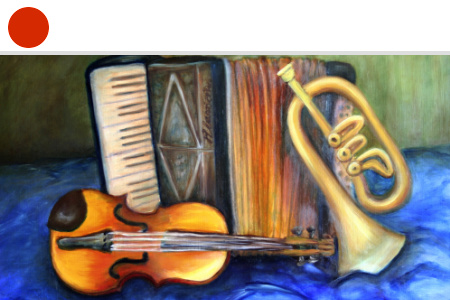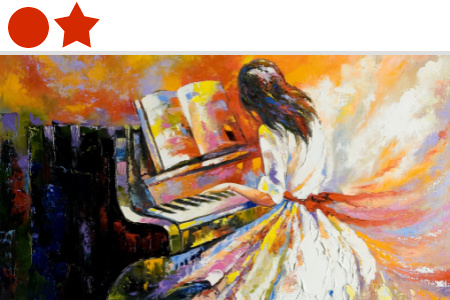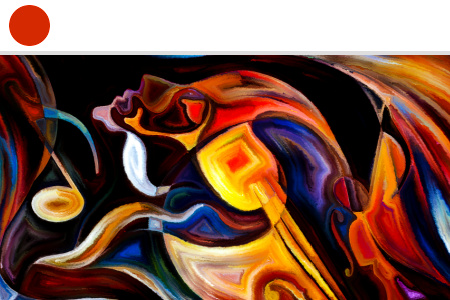Welcome to Our If It Isn’t Baroque . . . The History of Western Music Homeschool Course
When did music begin? If It Isn’t Baroque . . . The History of Western Music is a twelve-week course that traces the history of music from ancient times to the present day. Listening assignments and hands-on activities help encourage students in third through twelfth grade to explore the progression of music from primitive instruments to contemporary music.
External links may be included within the course content; they do not constitute an endorsement or an approval by SchoolhouseTeachers.com of any of the products, services, or opinions of the corporation, organization, or individual. Contact the external site for answers to questions regarding its content. Parents may wish to preview all links because third-party websites include ads that may change over time.
Para traducir cualquier página web, haz clic en los tres puntos o líneas en la esquina superior derecha de tu navegador, o haz clic aquí para más información.
If It Isn’t Baroque…The History of Western Music
Length: 12 weeks
Content type: Text based
Grades: 3–12
Michelle Martin
Related Classes You May Enjoy


